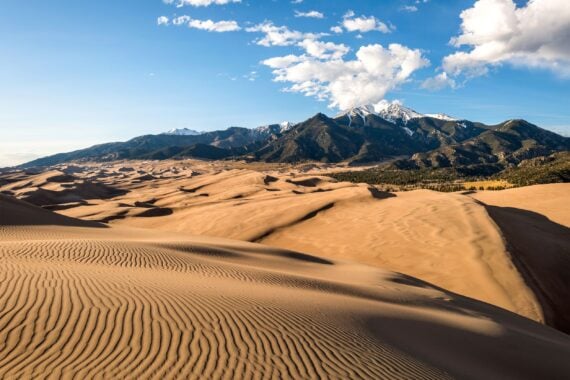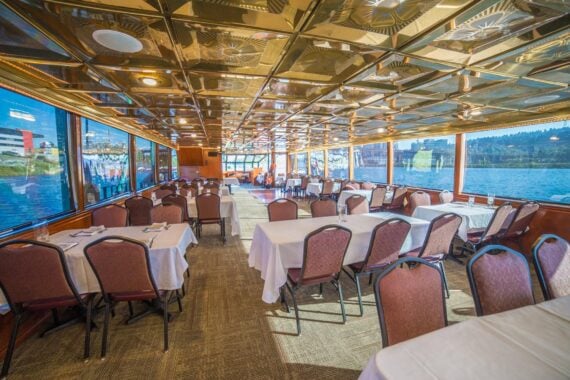America’s many national parks can give visitors a breath of fresh air — or suffocate them with crowds. All-stars such as Yosemite and the Grand Canyon attract millions of people a year; Great Smoky Mountains National Park has seen more than 10 million visitors in a year. The incredible, underrated parks on this list welcome as few as 14,000 each year. Some are less popular because a remote location makes them harder to access, or their rugged terrain scares away newbies. Entrance fees are typically lower at these overlooked parks, and four of five fee-free days remain in 2019, while many parks don’t charge an entrance fee. The Outdoors Alliance for Kids says Interior Secretary Ryan Zinke has also renewed the Every Kid in a Park program giving fourth-graders and their families free admission.
Channel Islands National Park

Location: California2018 Visitors: 366,250
Just off the coast of the highly developed urban sprawl of Southern California, the Channel Islands are a rugged reminder of what the area used to look like. Marine life sightings abound, including dolphins, harbor seals, and sea lions. The 175 miles of shoreline provide plentiful snorkeling and scuba diving opportunities, while the islands themselves offer hiking, camping, and tide pools to explore. The park makes up five islands with more than 2,000 species of plants and animals. Of these, 145 are found nowhere else in the world. Well-preserved archaeological records document 10,000 years of continuous human habitation on the islands. Visit during the whale migration for a boat tour — gray whales from late December through mid-March and blue and humpback whales in summer.
Biscayne National Park
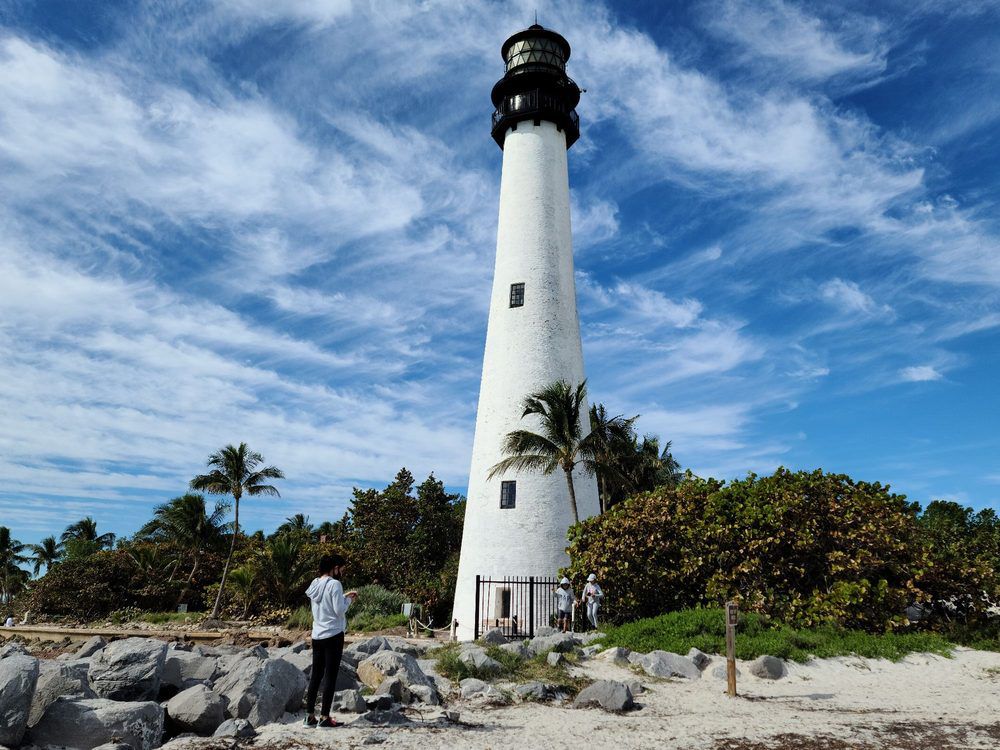
2018 Visitors: 469,253
A paradise for water lovers, this 172,000-acre park is 95 percent covered in ocean. It boasts the world’s third-largest coral reef and some of the country’s best snorkeling and scuba diving. Not to be missed is the Maritime Heritage Trail, a ranger-guided snorkeling tour of six sunken shipwrecks. The park has 72 shipwrecks in all to explore, and visitors can keep an eye out for manatees, crocodiles, and more than 200 species of fish. There are also ample opportunities for canoeing and kayaking around 30 islets and a mangrove forest. Boca Chita Key offers tent camping.
Congaree National Park
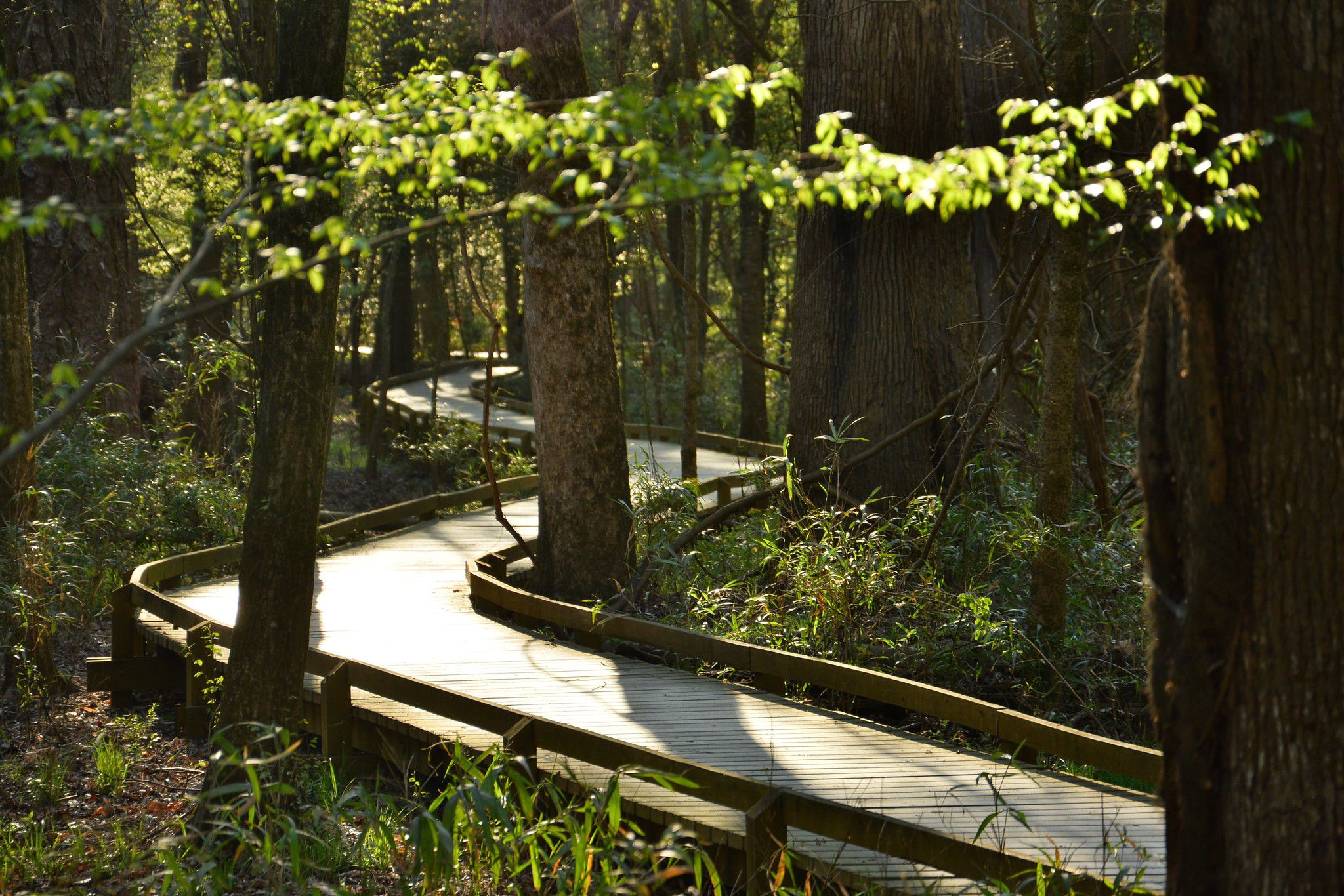
Location: South Carolina2018 Visitors: 145,929
Few people realize that just outside Columbia, South Carolina, are some of the tallest trees in the eastern United States. The loblolly pines reach close to 170 feet and make up the country’s largest remaining tract of rare, old-growth bottomland hardwood forest. This slice of the bayou offers 25 miles of hiking trails and a 2.4-mile boardwalk trail over the marsh. Visitors can also enjoy the scenery from kayak or canoe, and on weekends rangers guide free canoe tours on Cedar Creek. The tall pines and bald cypresses dripping with Spanish moss make for an idyllic landscape.
Isle Royale National Park
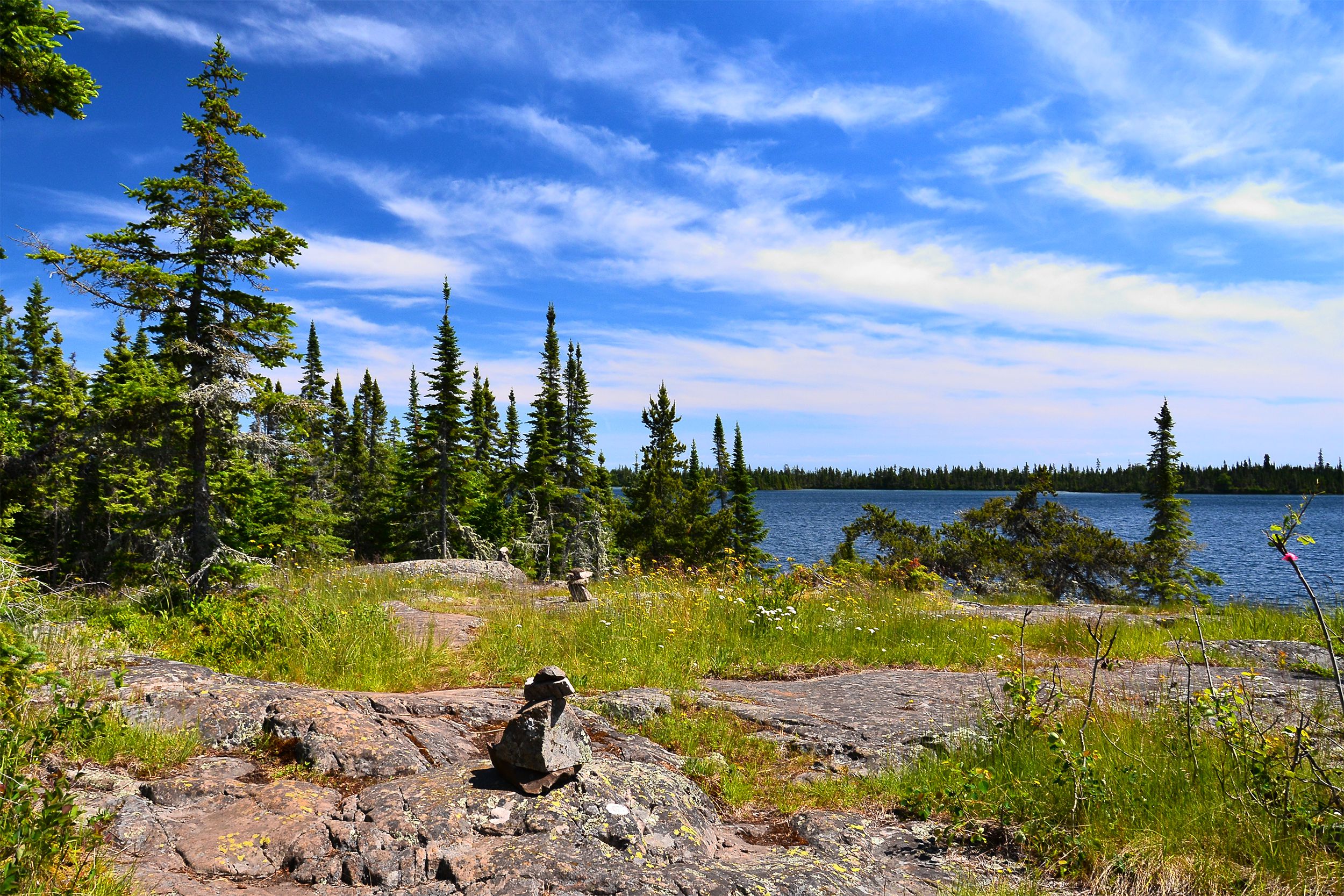
Location: Michigan
2018 Visitors: 25,798
Isle Royale is the largest of a cluster of 450 small islands in Lake Superior. A pristine wilderness surrounded by the world’s largest body of fresh water (by surface area), this is the least-visited national park in the continental United States. It’s accessible only by boat or seaplane and one of the few national parks that closes in winter. This remote bio-preserve is so untouched that the size and density of its freshwater clams, snails, and insects have been unmatched in the country since the 1800s. Wolves and moose also dwell in the forest.
Theodore Roosevelt National Park
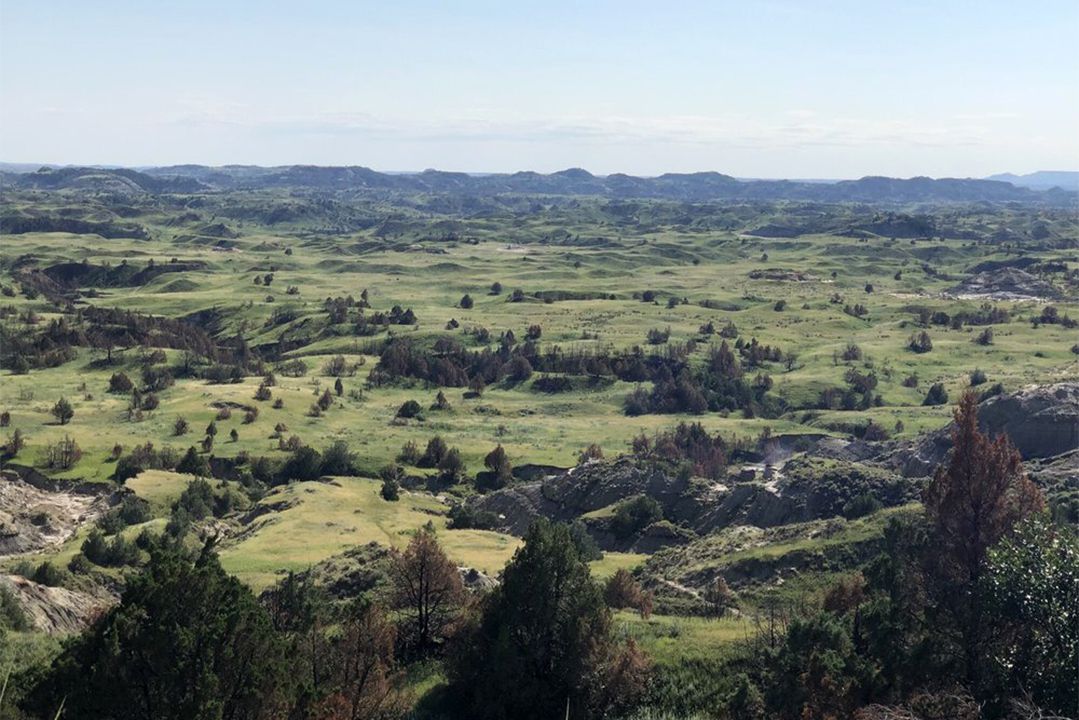
Location: North Dakota2018 Visitors: 749,389
Teddy Roosevelt credited his time in this part of the country with changing the course of his life: “I would not have been president had it not been for my experience in North Dakota.” Roosevelt came to North Dakota at age 25 to hunt buffalo, eventually starting several ranches that today are part of the park. The park shares surreal landscapes and unusual rock formations with the very popular Badlands National Park, in South Dakota, but hosts far fewer visitors. Wild horses, buffalo, and bighorn sheep roam freely.
Trending on Cheapism
Great Basin National Park
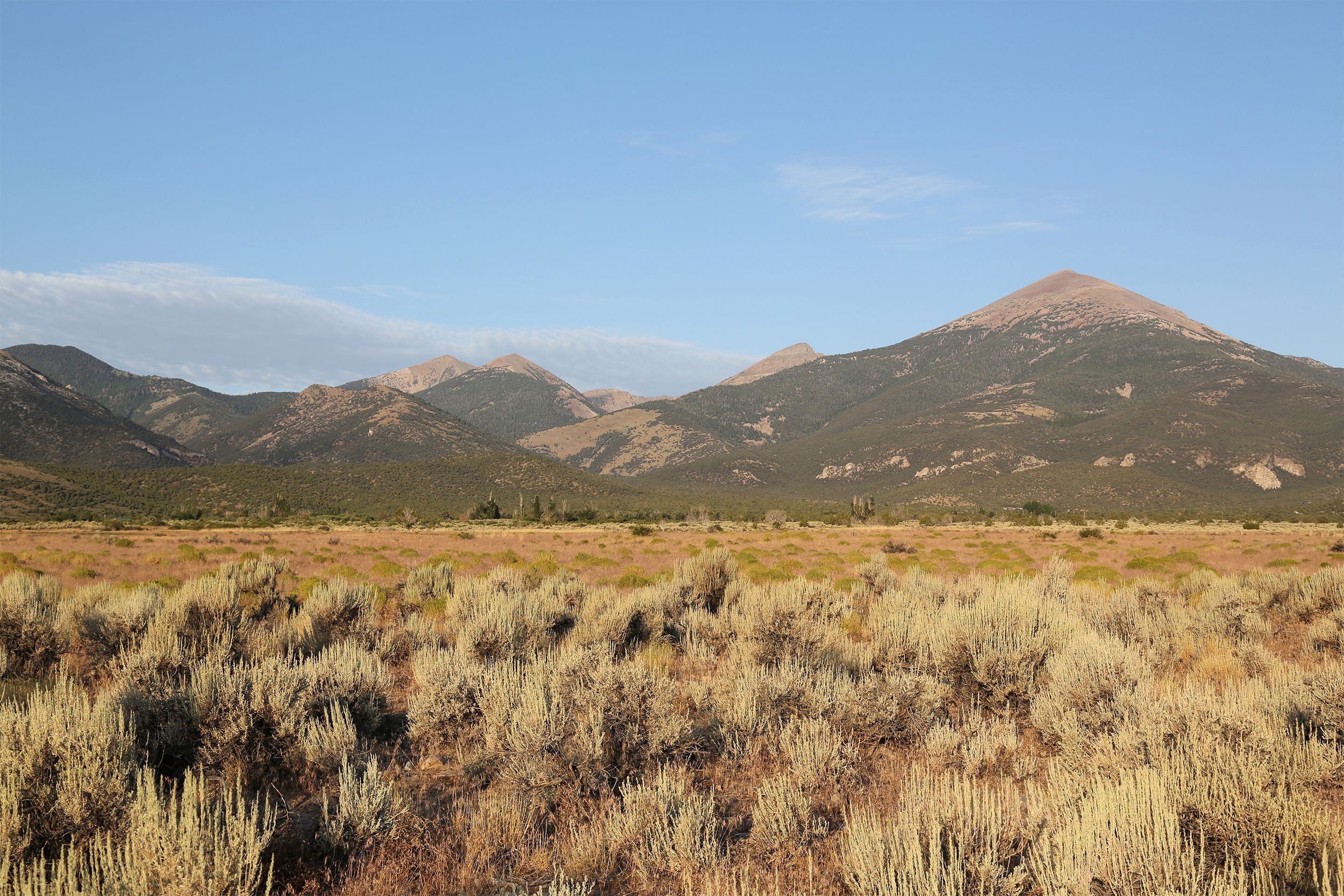
Location: Nevada2018 Visitors: 153,094
This park centers on Lehman Caves, with its sparkling marble caverns, unique ecosystem, and guided spelunking tours. The caves are spectacular, but there is much more to see at this desert park, including Wheeler Peak (a 13,000-foot mountain) and dark skies ranked as some of the best for stargazing in the lower 48. The gnarly trees along the Bristlecone Pine Trail are some of the world’s oldest living organisms — some more than 4,000 years old. Visitors can also hike to the Lexington Arch, a rare aboveground limestone arch that, at six stories high, is one of the largest in the country.
North Cascades National Park
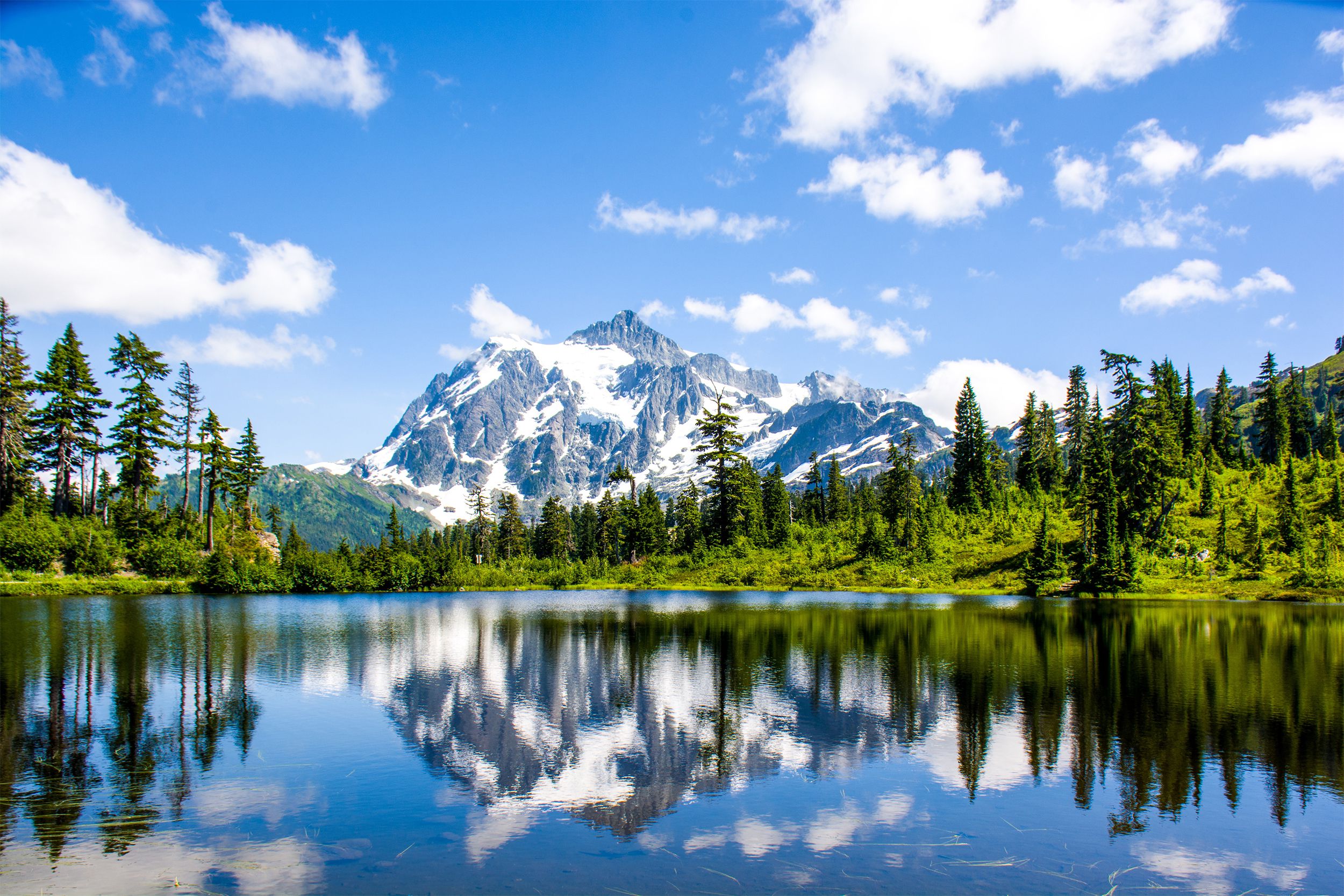
Location: Washington2018 Visitors: 30,085
Rugged terrain and steep hiking trails keep crowds away, but fit visitors with a sense of adventure are rewarded by the sight of the highest concentration of glaciers in the lower 48. The glaciers feed spectacular waterfalls and lakes surrounded by old-growth forests. Four hundred miles of hiking trails plus rock-climbing spots are set against a picturesque backdrop of snow-capped peaks. This postcard for the Pacific Northwest is just three hours from Seattle.
Wrangell-St. Elias National Park
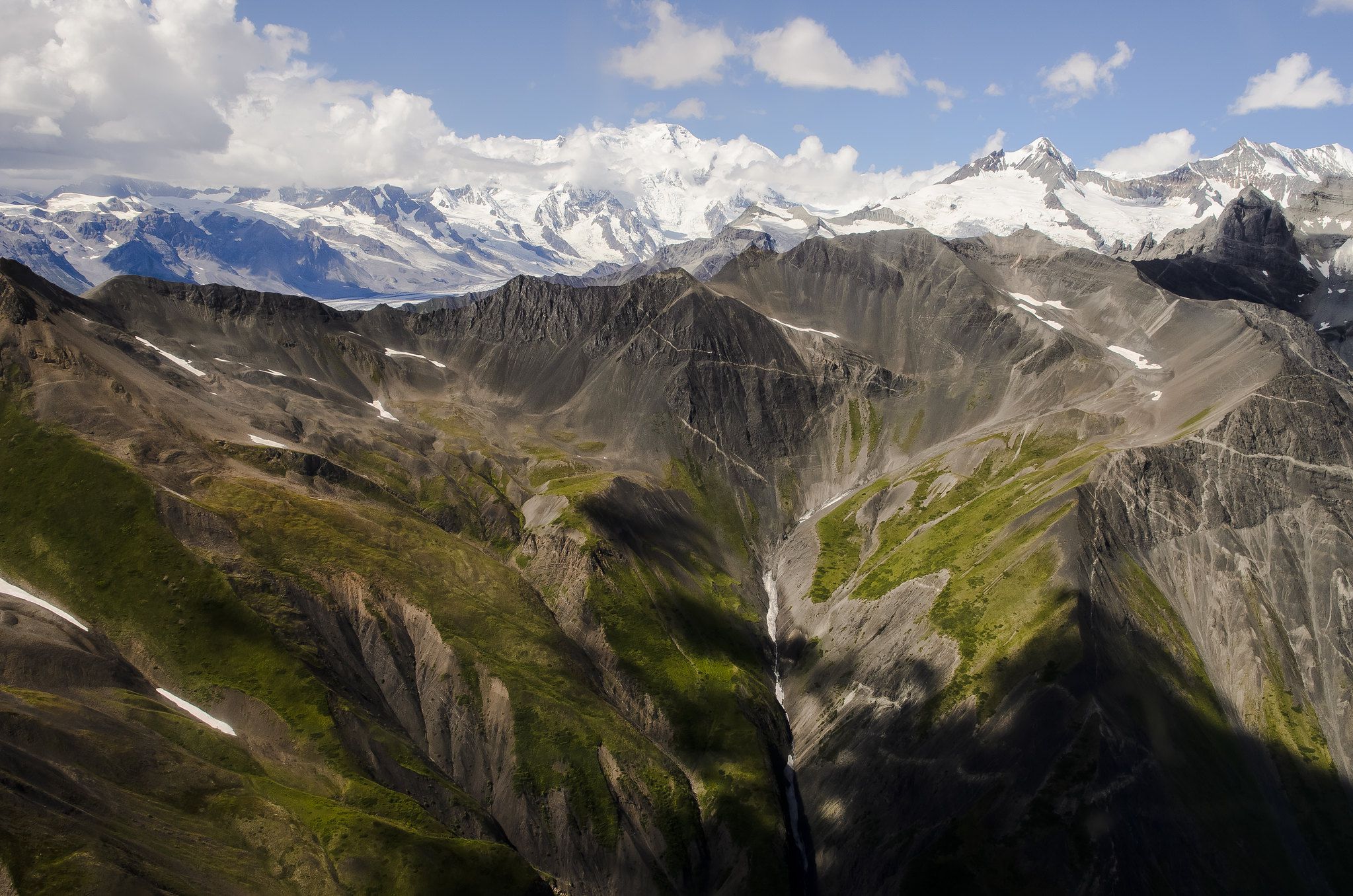
Location: Alaska2018 Visitors: 79,450
Wrangell-St. Elias is the largest U.S. national park by far, with a sprawling 13.2 million acres — that’s six times the size of Yellowstone. A quarter of the land is covered by glaciers, the highest concentration anywhere in North America. Combined with neighboring parks, it makes up the world’s largest international protected area (24 million acres) and a UNESCO World Heritage site. On clear days, visitors can see smoke rising from Mount Wrangell, one of the world’s largest active volcanoes (14,163 feet). The park contains nine of the 16 tallest mountains in the country. It also offers fishing, rafting, and guided tours for ice climbing and glacier hikes. History buffs can explore old copper-mine buildings, the former mining boomtown of McCarthy (current population: 28 , and the ghost town of Kennicott.
Sign up for our newsletter
Voyageurs National Park
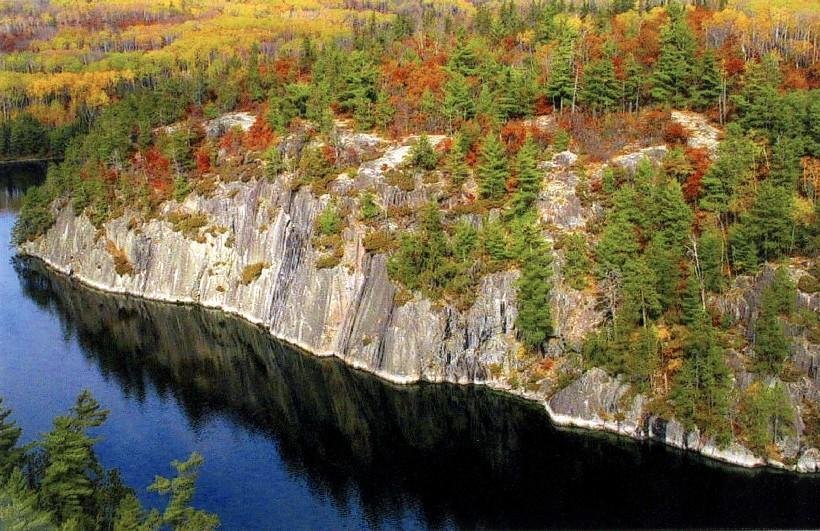
Location: Minnesota2018 Visitors: 239,656
As early as the 17th century, European explorers paddled these waterways in birch bark canoes, trading furs and other goods with the Ojibwe and other native tribes. Today, the park named for these “voyageurs” remains a wonderland of interconnected freshwater routes to explore by canoe or kayak. In winter, the park’s lakes freeze over with ice up to 2 feet thick. The North Woods are home to rocks half as old as the world, as well as dark skies ideal for stargazing.
Tonto National Monument
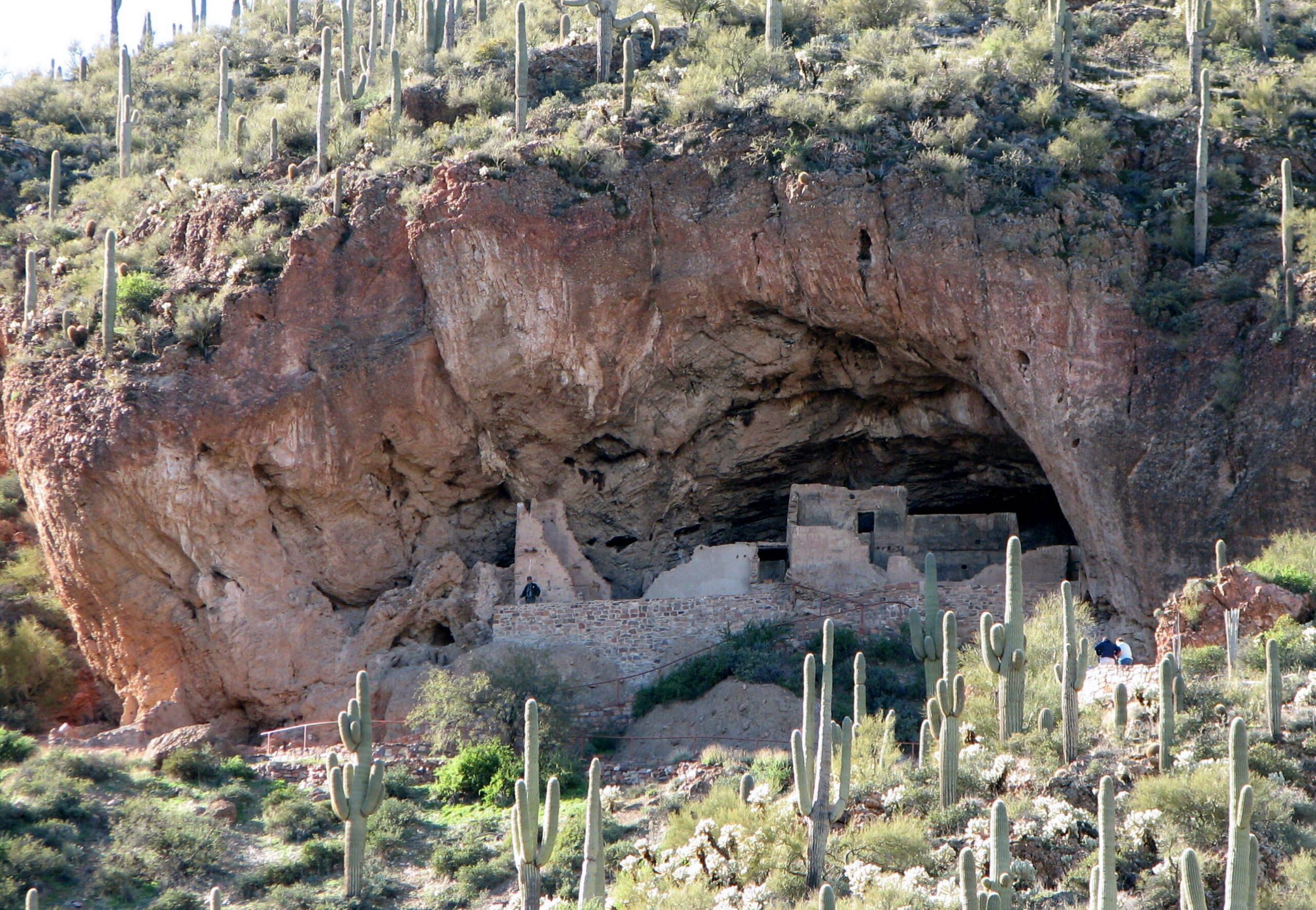
Location: Arizona2018 Visitors: 39,822
In the Sonoran Desert, some of the oldest and gnarliest Douglas firs in North America grow from the basaltic volcanic rock. Don’t be fooled by their size — the harsh desert climate stunts the trees’ growth, but many are hundreds of years old. The park is also home to brilliantly colored cacti species, as well as black bears, coyotes, cougars, foxes, and rattlesnakes. But the main feature of this park is the cliff dwellings, occupied by the Salado people in the 13th and 14th centuries.
Great Sand Dunes National Park
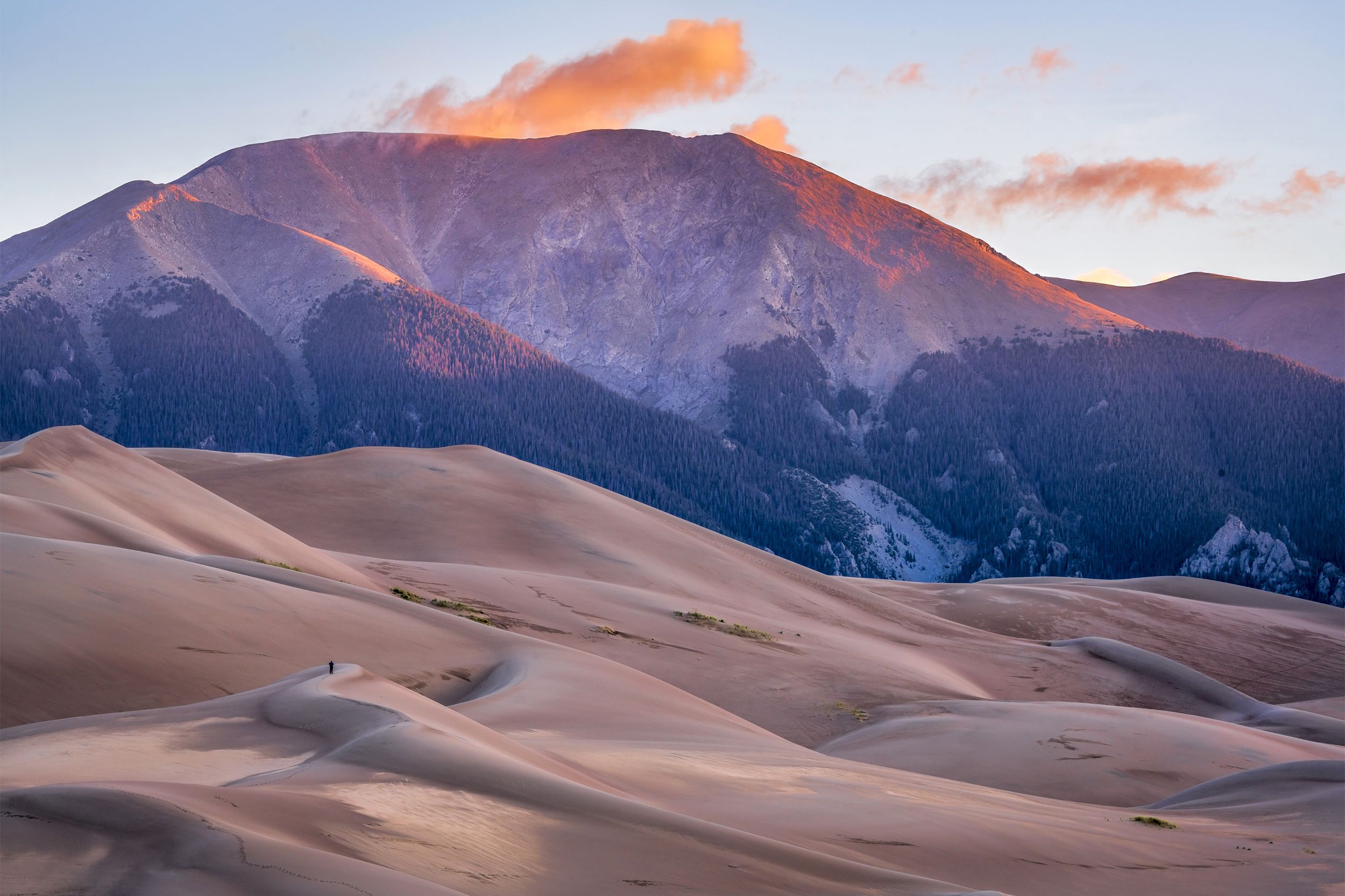
Location: Colorado2018 Visitors: 442,905
For a unique national park experience, climb the largest sand dunes in North America. It takes hours to hike to the top of the dunes, but the views of the Rocky Mountains are worth it. Those who make it to the pinnacle can sled or sandboard back down and end the day with a dip in the cool waters of Medano Creek.
National Park of American Samoa
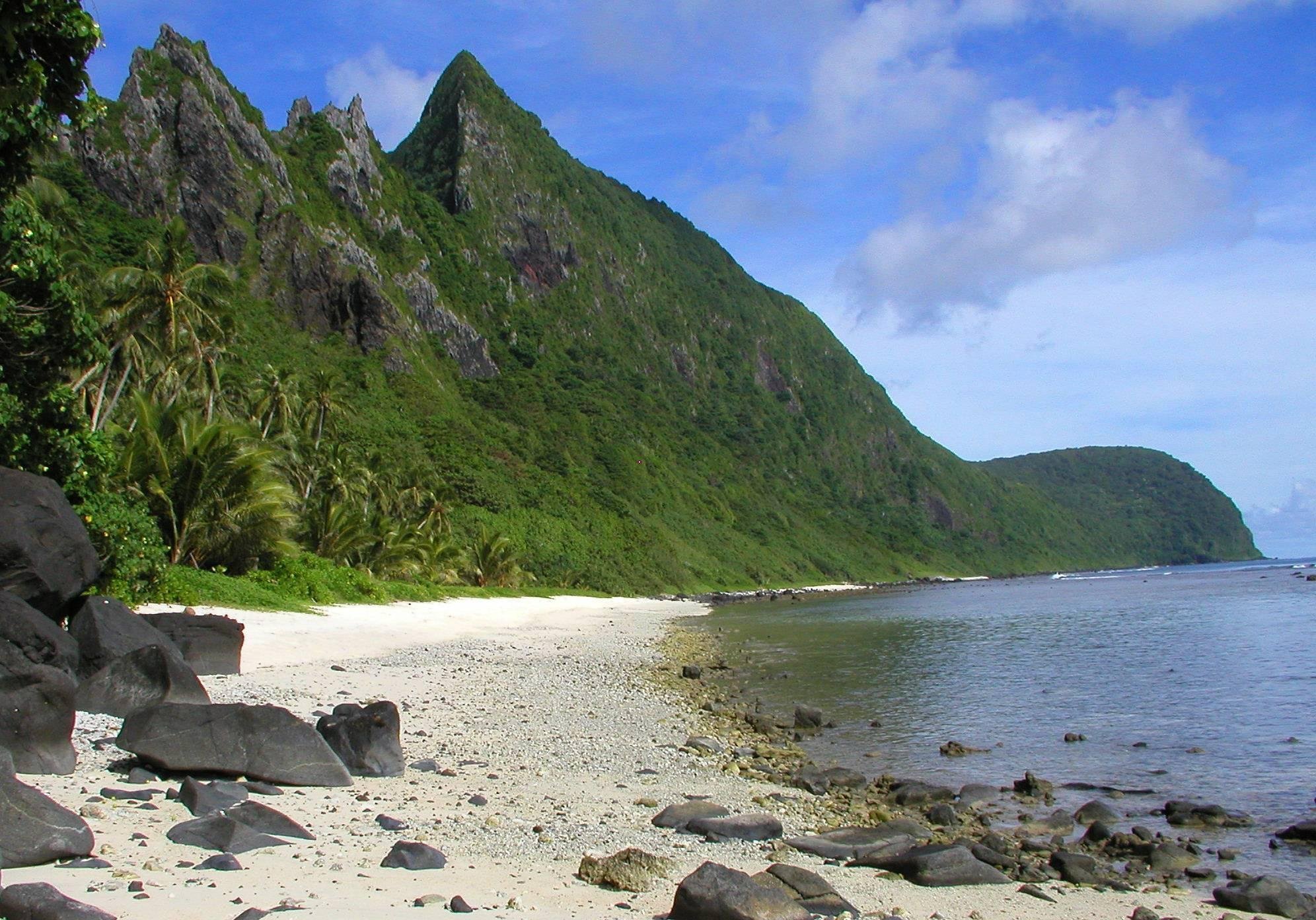
Location: American Samoa
2018 Visitors: 28,626
It’s certainly not the white sand beaches, crystal blue ocean, and tropical ambiance that keeps visitors away from this national park. Rather, the park is remote, requires passage through immigration and customs, supports no camping, and offers no restaurants and few amenities on the outer islands. But if you’re looking for something truly off the beaten path, this is it — a remote tropical island of the kind usually seen only in movies. For the real islander experience, look into lodging with a Samoan family in the homestay program.
Buffalo National River
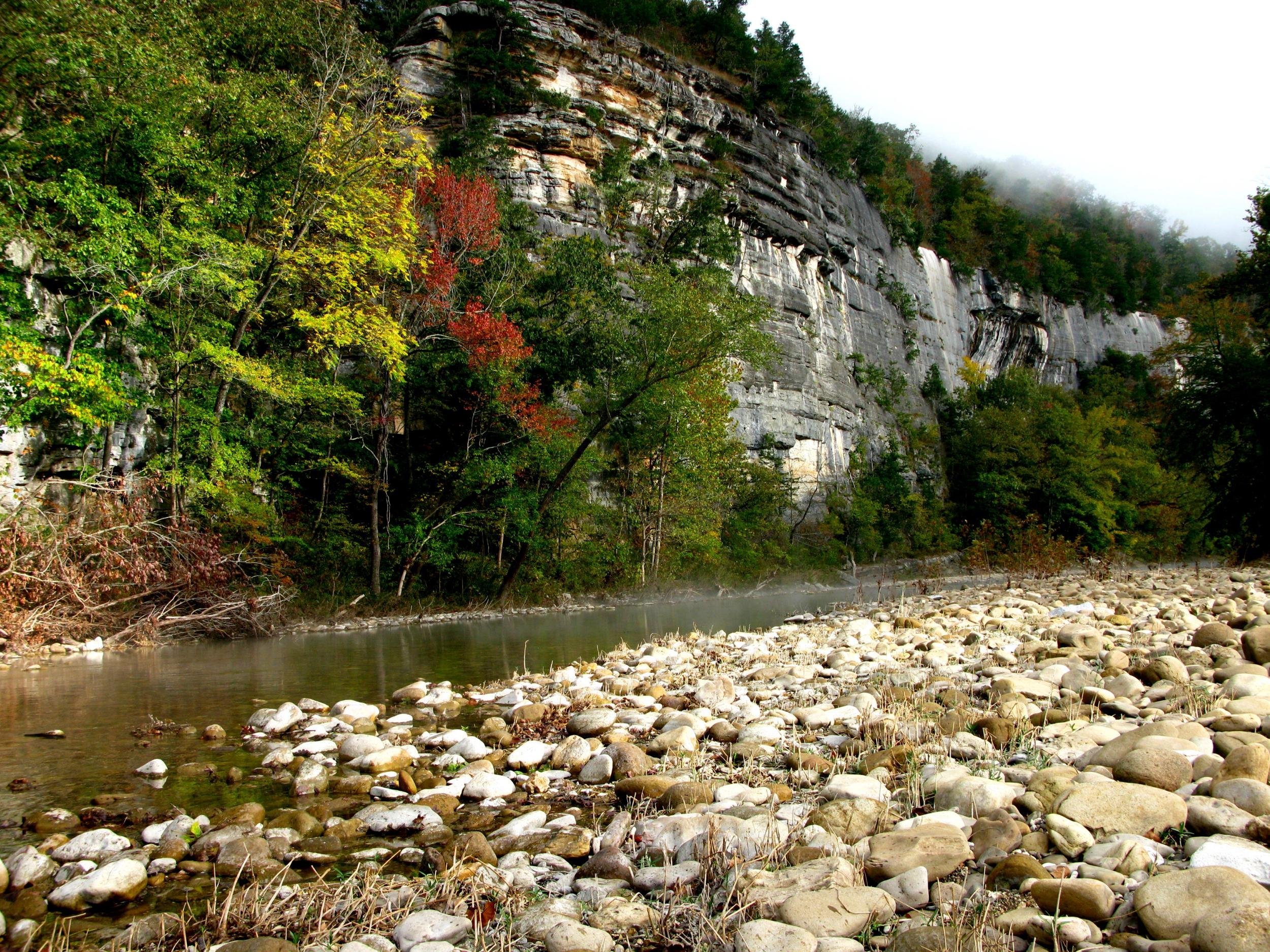
Location: Arkansas
2018 Visitors: 1.2 million
This river offers 135 miles of canoeing and rafting opportunities, plus hiking trails, gravel bars, and swimming holes for those who choose to explore on foot. Buffalo River became America’s first national river in 1972 amid great controversy, as developers wanted to dam the river into a reservoir. When you see leafy forests blanketing the tops of sandstone bluffs 400 feet above the river, you’ll be glad they didn’t. Steel Creek showcases some of the most striking sandstone cliffs, and the zinc-mining ghost town of Rush is fun to explore.
City of Rocks National Reserve
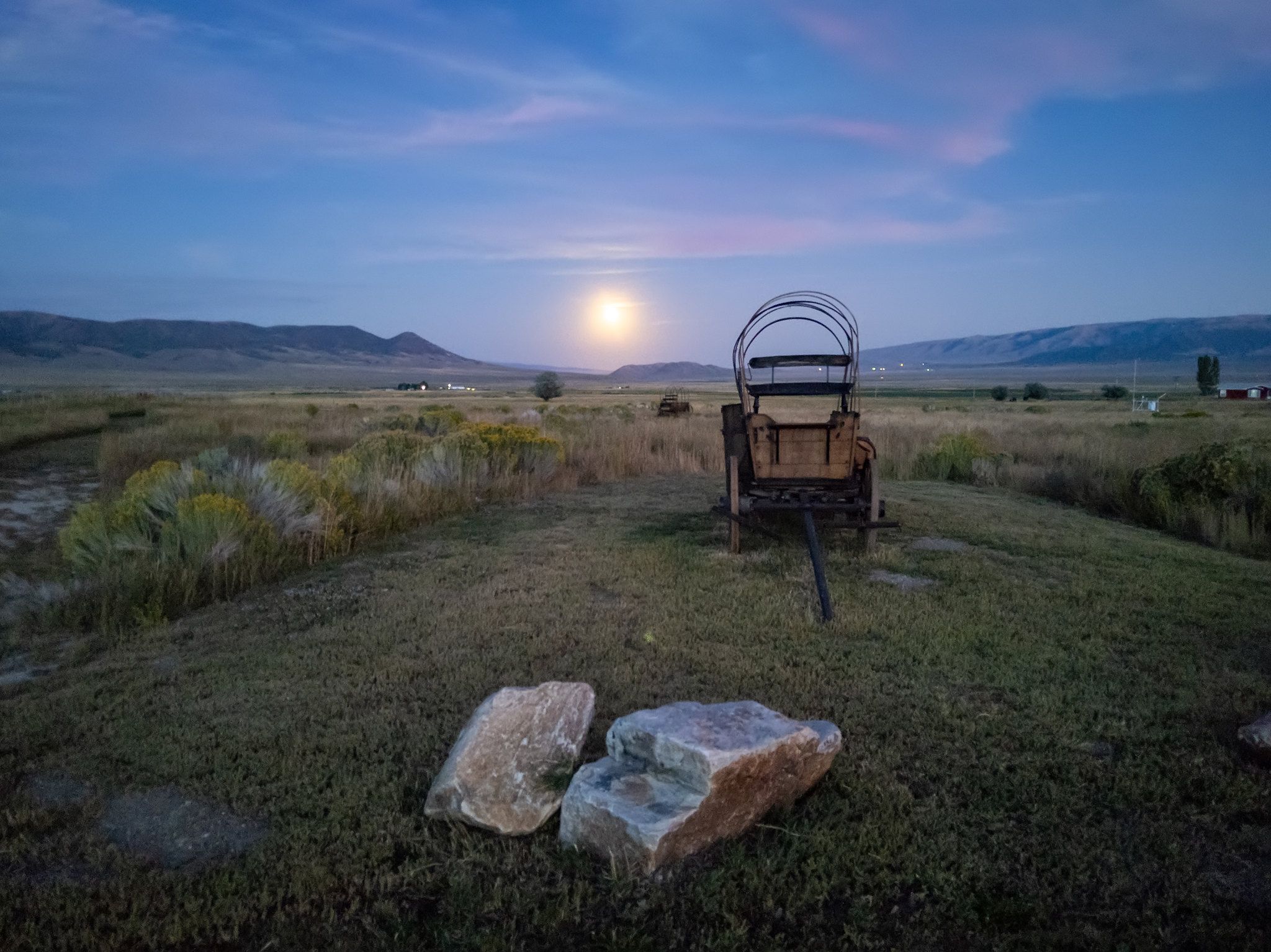
Location: Idaho
2018 Visitors: 142,250
Granite spires more than 60 stories tall and 2.5 billion years old tower above sagebrush meadows at this park, nicknamed the “Silent City” for its stone skyscrapers and rock formations. Wagon ruts still mark the California Trail, where covered wagons carried people en route to the goldfields. In 1852, some 52,000 people passed through the “City of Rocks.” This out-of-the-way location 200 miles southeast of Boise has 14,407 acres of hiking trails and more than 700 rock climbing routes.
Big Cypress National Forest
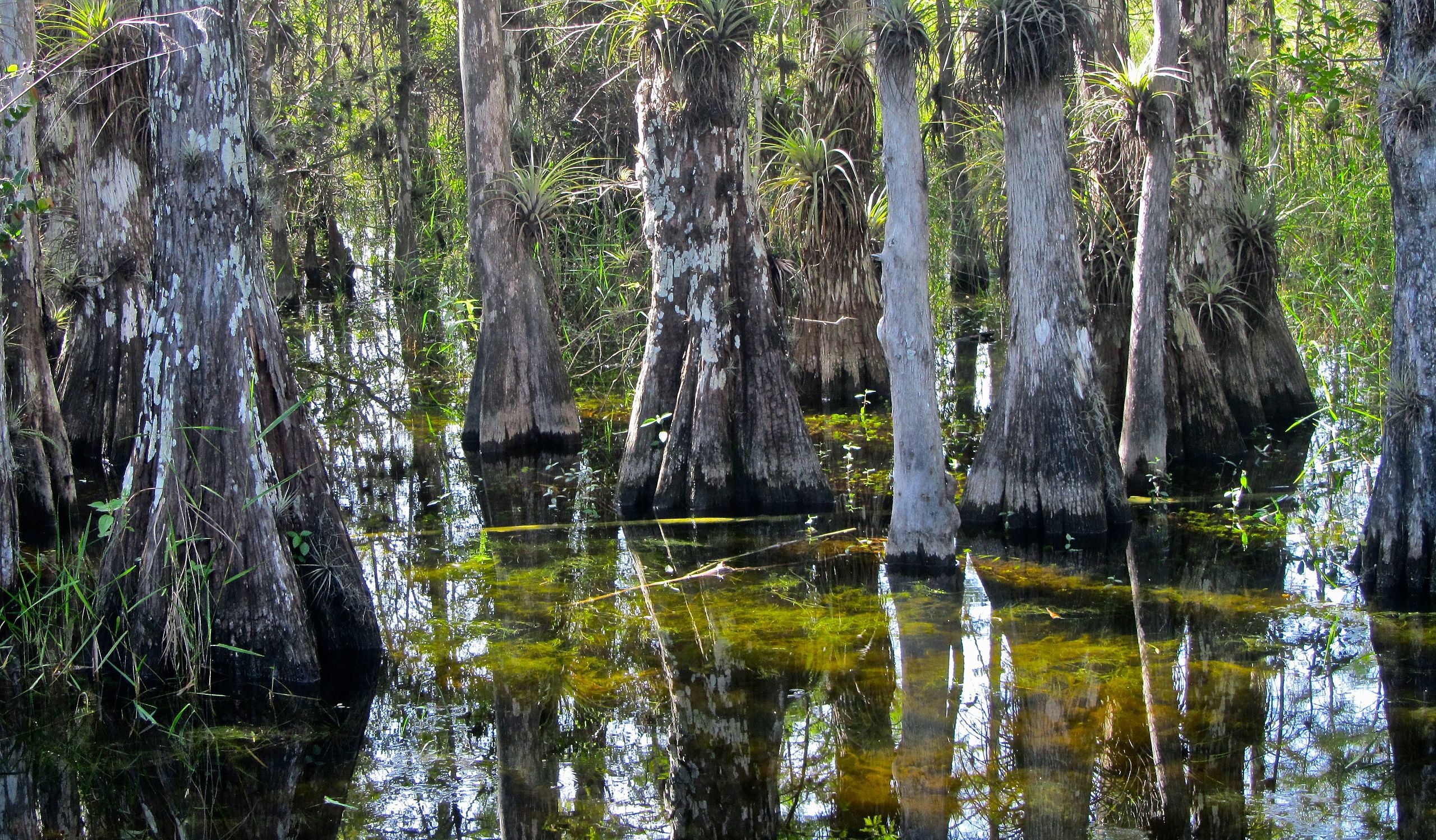
Location: Florida
2018 Visitors: 794,350
Just north of the popular Everglades National Park, Big Cypress shares much of the same appeal. Two scenic roads cut through hundreds of thousands of acres of forested swamp. Drainage canals, no longer in use, run alongside sections of the roads and attract tons of wildlife. From a car window, visitors can appreciate a roadside zoo including alligators and waterfowl such as the snowy egret and wood stork.
Chaco Culture National Historical Park
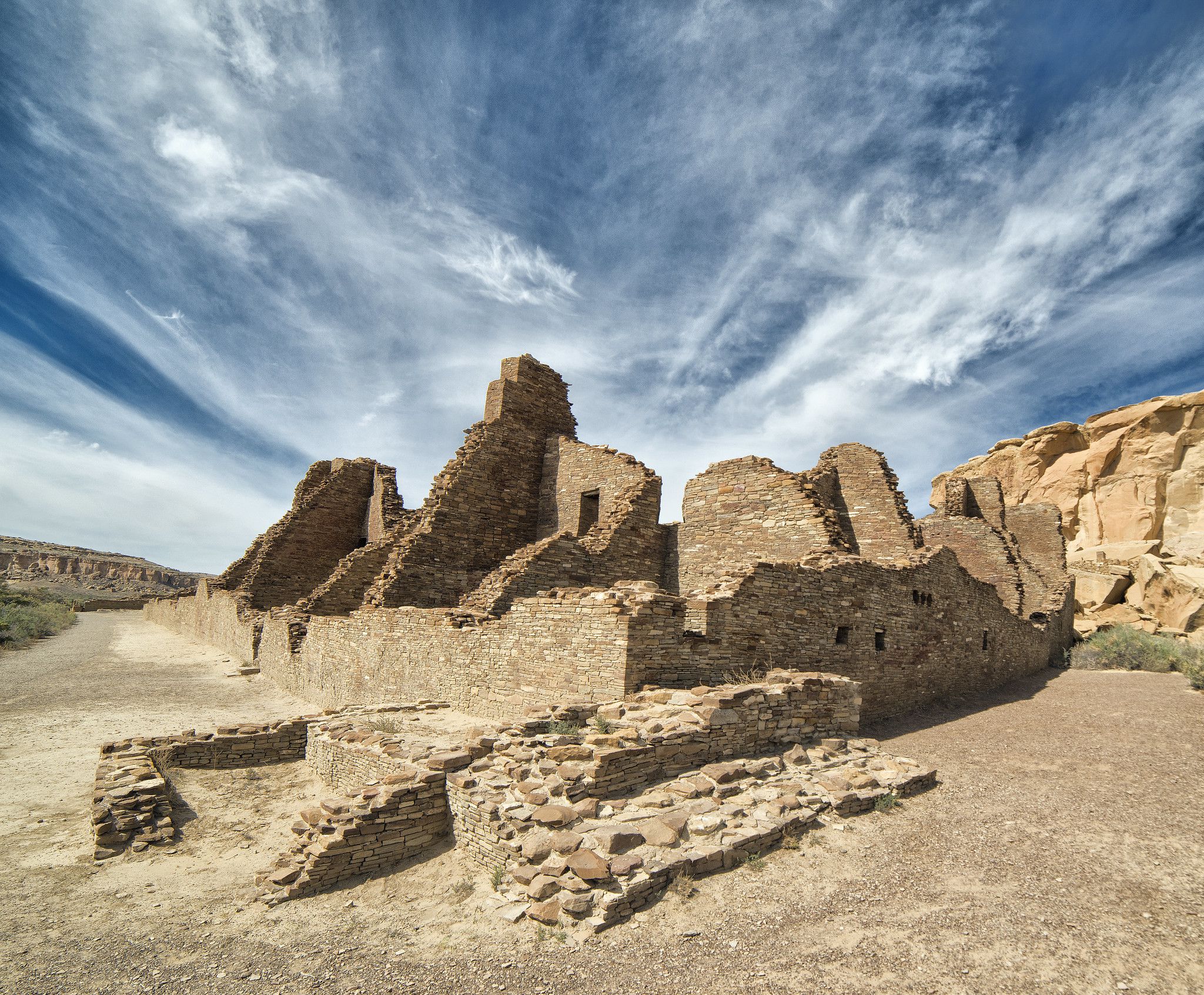
Location: New Mexico
2018 Visitors: 57,781
This important Native American site is in a remote location far from major highways, so it doesn’t see too many visitors. But Chaco Canyon was a major hub of trade and culture for the ancient Pueblo from 850 to 1250. It was abandoned sometime in the mid-13th century for unknown reasons. Drive the 9-mile Canyon Loop to cover six of the park’s major archaeological sites, including “great houses” — large multistory buildings with attached ceremonial rooms called kivas.
Kalaupapa National Historical Park
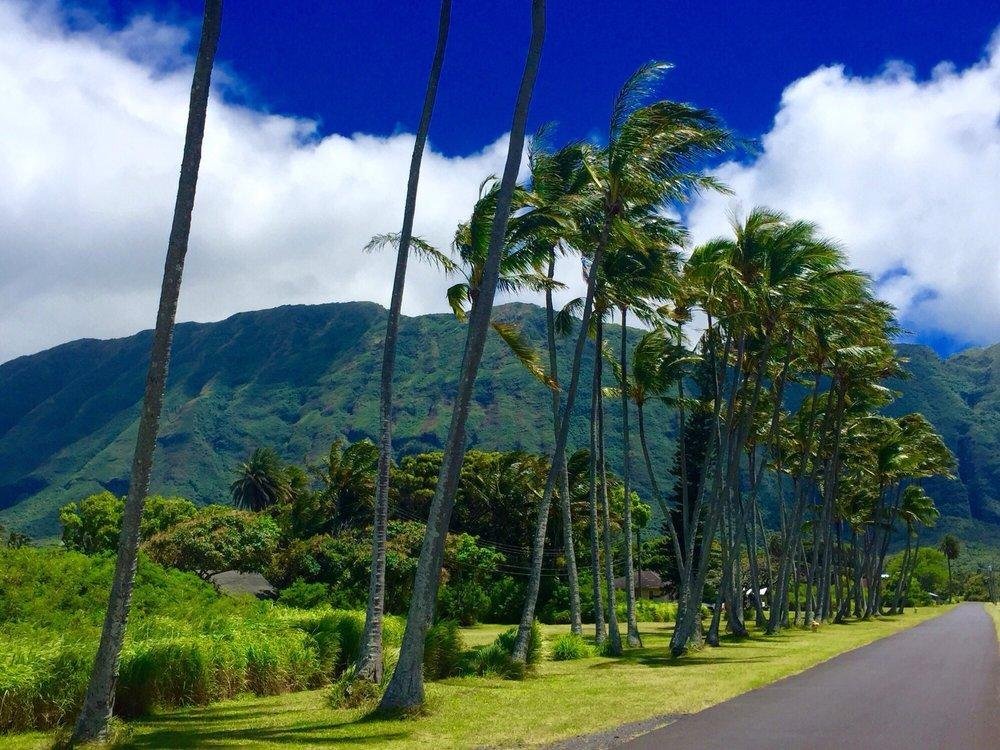
Location: Hawaii
2018 Visitors: 72,146
These days, Kalaupapa is a tropical beach getaway worthy of a travel magazine cover. But from 1866 to 1969 it served as an island prison for a leper colony of more than 1,200 people. The isolated location makes it a thriving, one-of-a-kind ecosystem. Around 95 percent of the native plant and animal species on the island are found nowhere else in the world. Monk seals give birth to pups on the beach each year. Among Hawaii’s numerous natural preserves, Kalaupapa is underrated in beauty, remoteness, and fascinating history.
Lassen Volcanic National Park
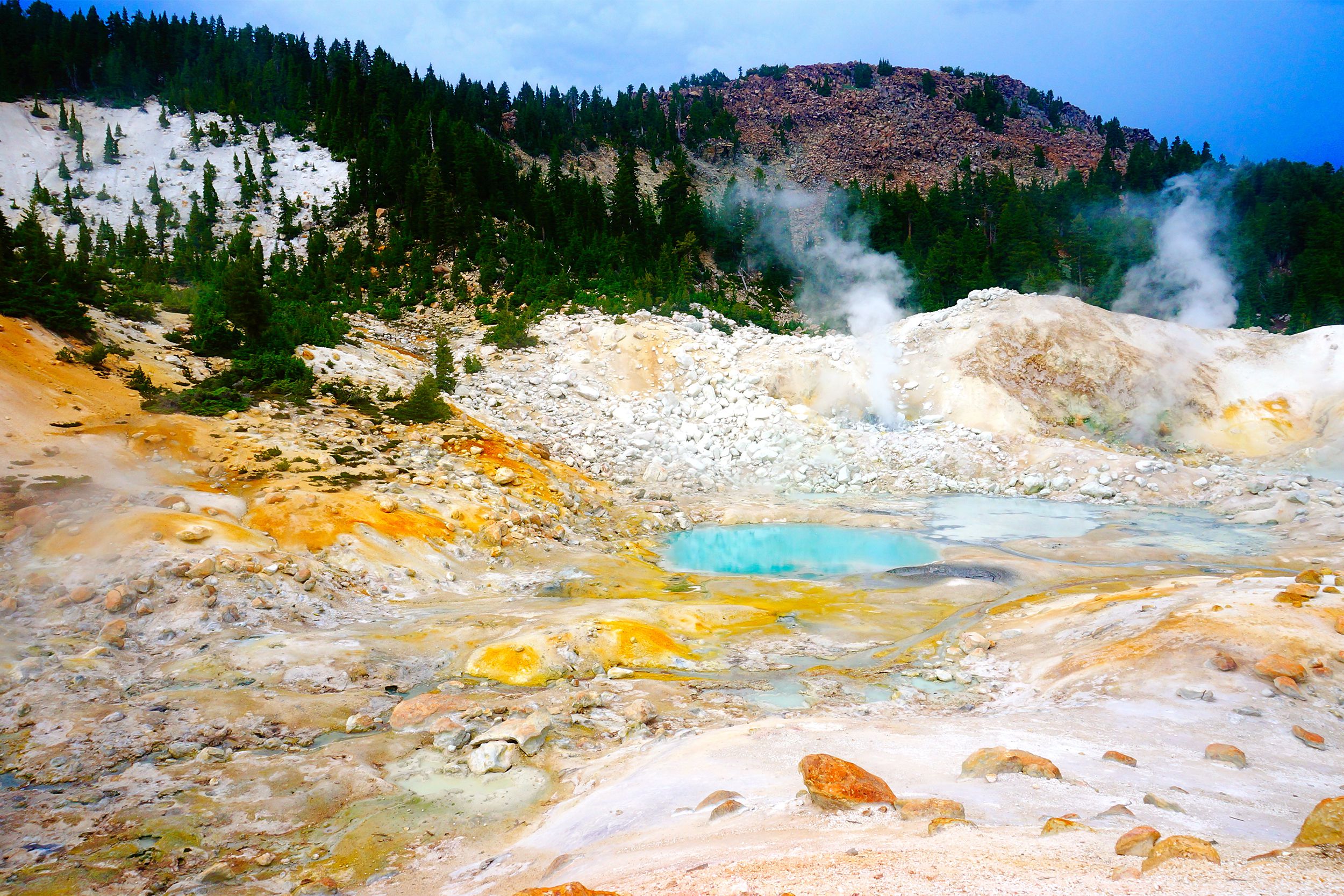
Location: California
2018 Visitors: 499,435
For hydrothermal wonders such as boiling lakes, steam vents rising from the ground, bubbling mud pots, and hot springs, try Lassen Volcanic National Park in northern California. There are a number of volcanoes, including the towering Lassen Peak, and plenty of hiking trails for exploring them. Snowshoeing is a popular winter activity, and rangers lead snowshoe tours for the less experienced. The park is also a site for stargazing, with an annual Lassen Dark Skies Festival every August. If you don’t mind the smell of sulfur, Lassen offers a year-round outdoors experience a cut above the average forest hike.
Crater Lake National Park
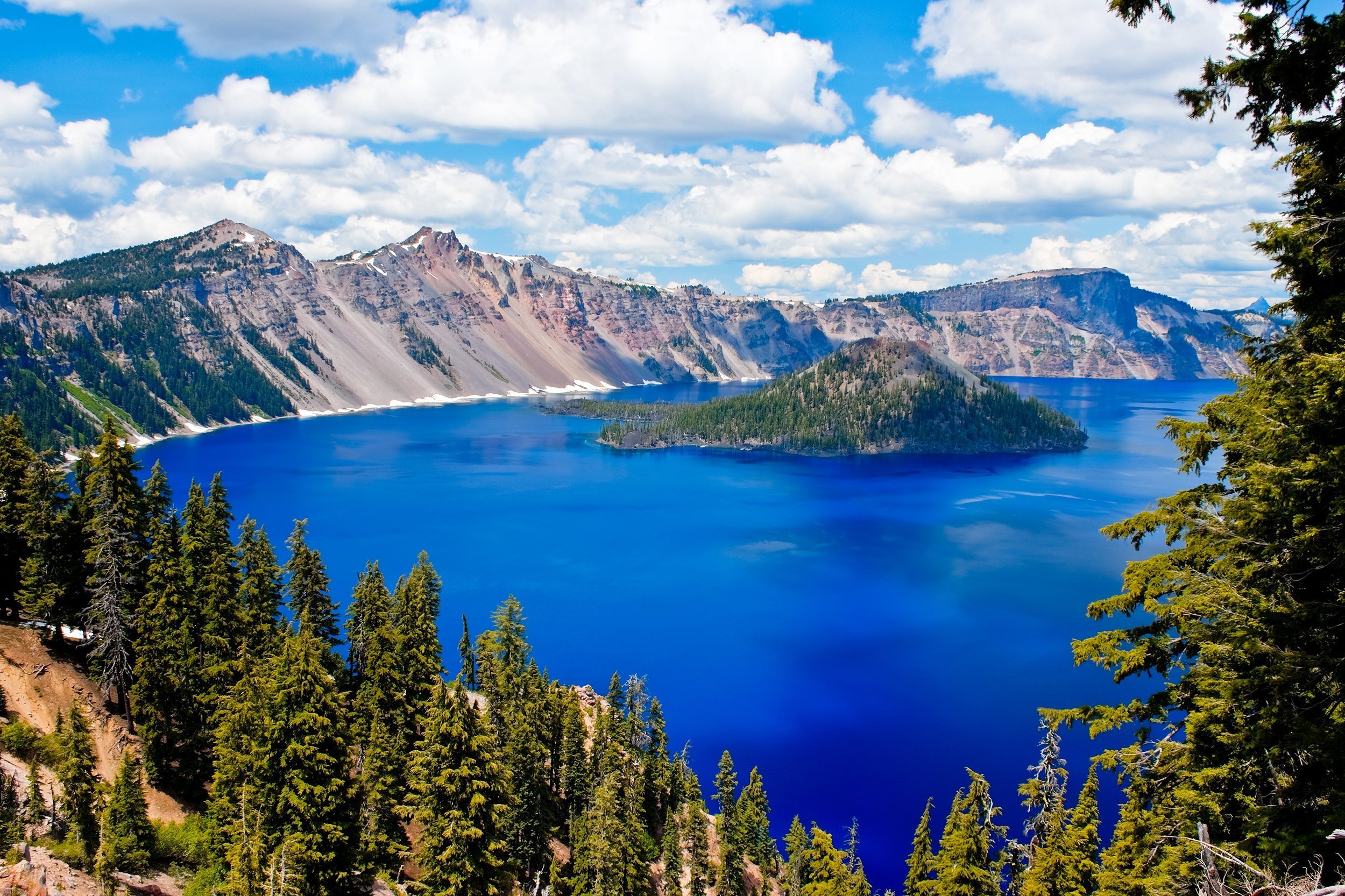
Location: Oregon
2018 Visitors: 720,659
The most eye-catching feature of this park is the incredibly deep blue hue of Crater Lake itself. It’s the deepest lake in the Western Hemisphere and the third-deepest in the world, a caldera in the shadow of the collapsed volcano Mount Mazama. It’s flanked by cliffs almost 2,000 feet high, as well as forested hills. Hike the rim of the caldera, trek to sweeping viewpoints atop the surrounding hills, or take in the meadows of colorful spring wildflowers. The only national park in Oregon, the lake has unique natural features and a variety of hiking trails.
